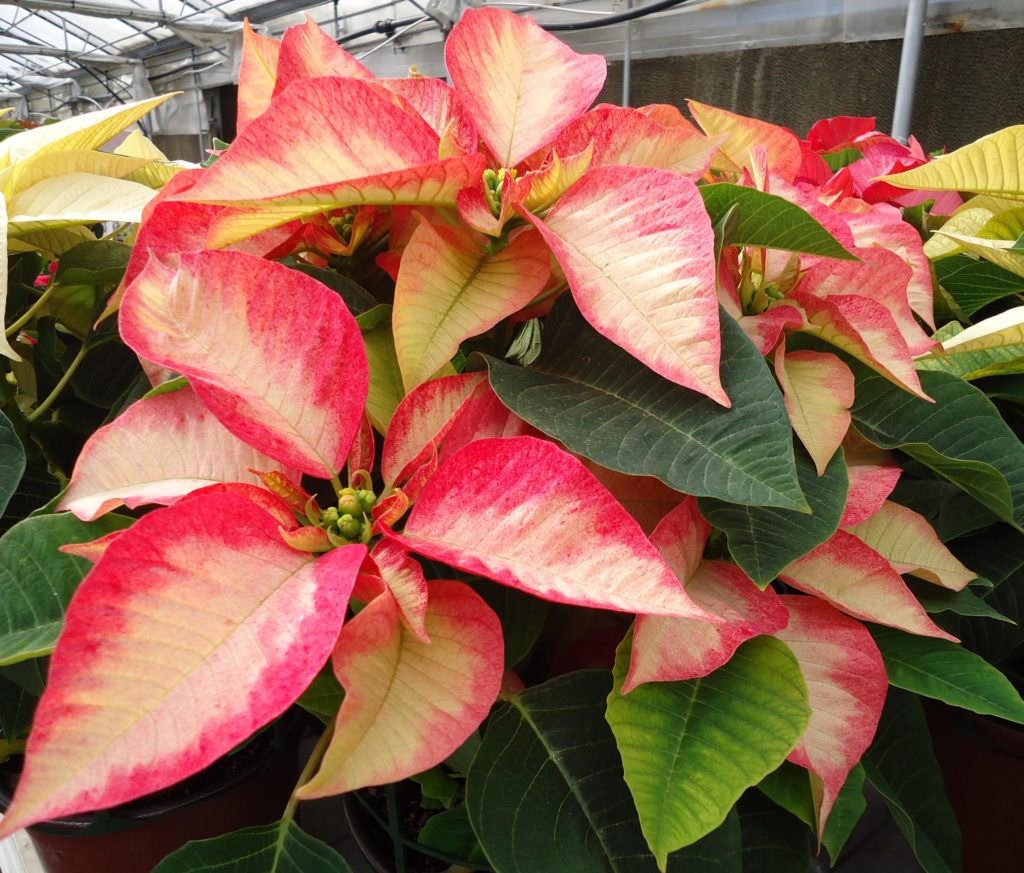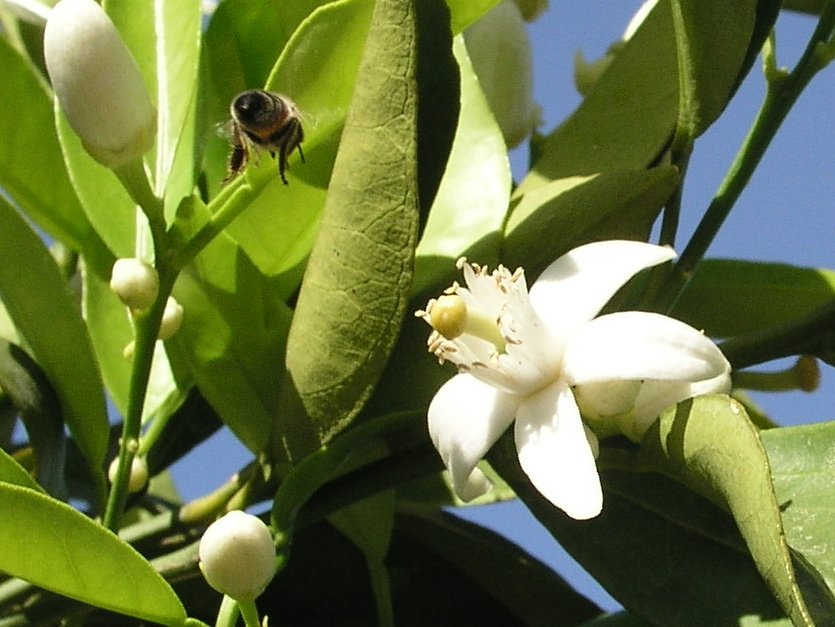By Patricia Jordan
Our Christmas decorations are steeped in tradition, some dating back to the times of the Druids. They believed that mistletoe, which is a parasitic plant growing on trees, especially oaks and apples, gave some protection against evil and symbolised the light of life during dark winter days and nights. Kissing under the mistletoe derived from a Nordic legend when visitors would kiss the hand of the host when they arrived, but nowadays people stand under the mistletoe hung in the doorway, hoping for a kiss!
The Romans held a seven day festival in mid-December in honour of Saturn, the God of Agriculture. Homes were decorated with green boughs and candles and we still do this nowadays. Evergreens, which do not drop their leaves in wintertime, were said to symbolise the perpetuity of life through dark winter days, until spring comes round again and lightness is back again.
We all know that Prince Albert, Queen Victoria’s German husband, is attributed with bringing fir trees into homes in Great Britain at Christmas time, mirroring this long standing German custom that we have been following ever since.

Along with decorating our houses at this festive time, we feast on fruit and nuts, sometimes the products of our gardens. I am always being asked why we can eat almond nuts and not the kernels from the other prunus fruits, like apricots, peaches and nectarines. These others contain a compound called amygdalin that breaks down into hydrogen cyanide, and when ingested is poisonous. Don’t worry if you ate a few kernels in error, to try them out, (not advised though), but do give them a miss. Instead eat the almonds in their natural state with their skins on, as blanched almonds do not have the same nutrition value.
Almonds are native of the Middle East, although they are grown in vast orchards in the USA nowadays. Bee hives are trucked in from other parts of the country in order to pollinate the blossoms, as there just aren’t enough bees in California to do the job. They were also the first known snack food and pilgrims and travellers carried them on their long treks along the Silk Road and on other epic journeys
Not only are they high in healthy, monounsaturated fats, fibre and protein, they are a good source of Vitamin E nutrients, protecting cells from aging and disease. They are also high in magnesium, which is good for people with Type 2 diabetes and to an extent can help control blood pressure. They can lead to some reductions in bad cholesterol, as well as being low in carbohydrates. They are high in protein and fibre and might even help with weight loss. What more could you desire from a nut! So along with other good nuts like pecans, get cracking!
What to do in the garden this month
I know that you are busy with Christmas preparations, but there are jobs to do outside, too. We have a weather window now until March when new trees and shrubs can be planted and if necessary other plants moved around the garden. There should still be a little residual heat in the ground and after the autumn rains and it should be quite damp and amenable to planting. If you select citrus trees from a garden centre at this time of year there may be some fruit on them, which is always helpful in knowing that it is the tree you wanted.

If you are just setting out your orchard then remember that not only will your tree grow upwards but outwards as well, so leave about 5 metres between one tree trunk and the next. It may seem a big gap at this time but the trees will quickly fill that space. The planting hole should be deeper and wider than the root-ball and if the roots are tangled and twisted around, which usually means that they have been in the pot for too long, then gently tease them out and they may benefit from a little trim. If you can get bone meal, then spread some evenly in the bottom of the hole otherwise use some slow release fertiliser. Ensuring that the graft point is above the soil level, support the tree whilst you are filling in the sides with soil and stamp around the area to make it secure. If the spot is likely to be windy then you may need to insert a pole to support the tree, but put this in place before you put the tree into the hole or you may damage the roots. If there is no rain, then water for several days.
December is the time for feeding fruit and nut trees again, as they haven’t been fed since May. The roots, shoots and fruits all need a boost after the long hot summer, so use 20.10.10 fertiliser – 900 g for large trees and 300 g for young trees, spread evenly around the base area. Any rain will probably water it in for you.
Keep clipping your hedges and topiaries lest they get out of shape and tie in climbers before they are buffeted about in the inevitable winter winds. Lots of climbers are top heavy by this time of year and branches and stems can be torn off if they are not supported. At ground level keep weeding as the plants grow. I find that unless I keep pace with the weeds in my freesia beds the plants become dependent on them for support. When they are eventually removed the freesias flop over and drag in the soil, spoiling the flowers. Large clumps of plants such as chasmanthe need more positive supports and more are available here now. They are quite substantial and should keep the tall spear-like leaves from toppling over.
Most houses in Cyprus will have a poinsettia plant at this time of year, although they are not everyone’s favourite plant. They do not fare well outdoors as they are fussy plants not liking draughts or to be too hot or too cold and you really have to cosset them as they do not like to be too wet or dry either. When you get them home take off the cellophane wrapper and let the stems assume their natural position. The stems are very brittle and snap easily, so take care, as they ooze a sap from the break, which is an irritant to some people. This plant belongs to the Euphorbia family and they all do that! Stand the pot in a bowl of water for it to recover. Hold it up above the bowl to let the water drip through and place it on a saucer or in a fancy pot. Before you water again, feel the soil and if it is dry on the top then repeat the watering process. Sadly many poinsettias don’t last the Christmas period and end up on the compost heap, but some people manage to keep them growing and they turn red again on their own in time for the next Christmas celebrations.
PLANT OF THE MONTH
Orchids
It is highly likely that some of you will receive an orchid plant as a Christmas gift. What a lovely exotic gift to be given. The orchid will probably be either a Phalaenopsis (Moth Orchid) or a Dendrobium, as these two plants are the most popular orchids available here, out of some 28,000 species growing world-wide. You should remember that orchids were first discovered growing on trees in tropical rain forests, so in order for them to survive in your house here are a few growing tips to ensure their well being.
 There are several things you shouldn’t do, and one is not to pour water onto the growing medium. They are better plunged in their plastic see-through pot into a bowl of tepid water and then lifted out to drain, as they will not survive if their roots are wet. Their leaves are designed for water conservation and have a heavy wax coating with specialised stomata (holes) through which the leaf breathes. Orchid stems are in fact pseudo bulbs in which water and food is stored. They do not like to be in direct sunlight, but need indirect light to thrive. Don’t cut off the aerial roots or stems and if you need to move them up a pot size, use specially formulated orchid compost now available in garden centres, which will probably have bark, mixed with some dried moss and perhaps some Perlite in it. After re-potting, do not water straight away, but wait a few hours before you do that. Don’t use ordinary plant food, but try specially formulated orchid food-stuff, which is high in NPK.
There are several things you shouldn’t do, and one is not to pour water onto the growing medium. They are better plunged in their plastic see-through pot into a bowl of tepid water and then lifted out to drain, as they will not survive if their roots are wet. Their leaves are designed for water conservation and have a heavy wax coating with specialised stomata (holes) through which the leaf breathes. Orchid stems are in fact pseudo bulbs in which water and food is stored. They do not like to be in direct sunlight, but need indirect light to thrive. Don’t cut off the aerial roots or stems and if you need to move them up a pot size, use specially formulated orchid compost now available in garden centres, which will probably have bark, mixed with some dried moss and perhaps some Perlite in it. After re-potting, do not water straight away, but wait a few hours before you do that. Don’t use ordinary plant food, but try specially formulated orchid food-stuff, which is high in NPK.
Most orchids bloom once a year, with some flowers lasting up to a month. When the flowers are finished let the plant rest, although it may need a little water and humidity from time to time, which could be from a bathroom or a kitchen.
The post Long history for plants used in festive traditions appeared first on Cyprus Mail.
Read more → https://cyprus-mail.com/2019/12/01/long-history-for-plants-used-in-festive-traditions/

Δεν υπάρχουν σχόλια:
Δημοσίευση σχολίου